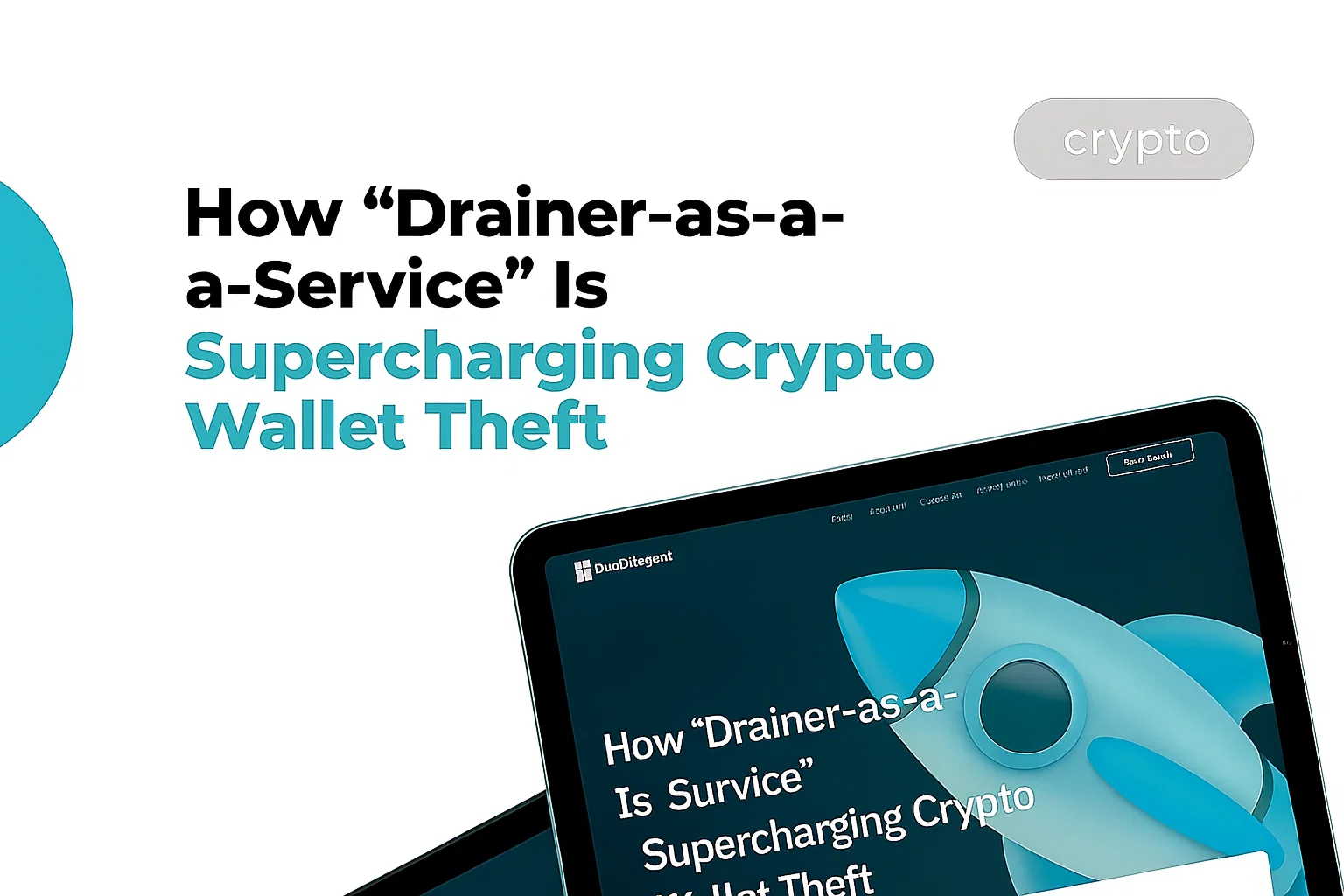
Overview
While much of crypto security focuses on the digital realm of malware and phishing, one of the most devastating and increasingly common attack vectors begins in the physical world: the SIM swap attack. This is a sophisticated form of identity theft where a scammer tricks a mobile phone carrier into transferring a victim’s phone number to a SIM card in the scammer’s possession.
Once they have control of the phone number, they can intercept all of the victim’s calls and text messages, including the two-factor authentication (2FA) codes that are meant to protect their most sensitive online accounts. For a cryptocurrency holder, a successful SIM swap can be catastrophic, giving an attacker the final key needed to unlock and drain their exchange accounts.
How the attack unfolds
The SIM swap attack is a multi-stage process that combines social engineering with technical exploitation.
Information Gathering: The attack begins with reconnaissance. The scammer will gather personal information about the target from a variety of sources, including social media profiles (which might reveal their phone number, hometown, or pet’s name) and data breaches from other websites (which might expose old passwords or answers to security questions).
Social Engineering the Carrier: Armed with this personal information, the scammer contacts the victim’s mobile provider. They will impersonate the victim, claiming that their phone has been lost or damaged and that they need to activate a new SIM card. They use the information they’ve gathered to answer the security questions posed by the customer service representative. In some cases, scammers even have insiders working at the mobile carriers who assist them.
Taking Control and Draining Accounts: Once the carrier representative is convinced, they port the victim’s phone number to the scammer’s SIM card. The victim’s own phone will suddenly lose service. At this point, the scammer has control of the phone number. They can then go to a cryptocurrency exchange where the victim has an account and initiate a password reset.
The password reset link is sent to the victim’s email (which the scammer may have already compromised or can access via a password reset sent to the phone), and the crucial 2FA code is sent via SMS directly to the scammer’s device. Within minutes, the scammer can log in, change the password, and transfer all of the crypto out of the account to an untraceable wallet.
Mitigation strategies and enhanced security
Protecting against SIM swaps requires a proactive, multi-layered security posture.
Move Away from SMS-Based 2FA: The single most important step is to stop using SMS for two-factor authentication on any sensitive account. Instead, use an authenticator app like Google Authenticator or Authy, which generates time-based codes directly on the device and is not vulnerable to SIM swapping. For the highest level of security, use a physical security key like a YubiKey.
Secure Your Mobile Carrier Account: Contact the mobile provider and add a PIN or password to the account. This adds an extra layer of verification that a scammer is unlikely to have. Some carriers also offer a “port freeze” option that prevents the phone number from being transferred without additional authorization.
Limit Publicly Shared Information: Be mindful of the personal information shared on social media. Details like a mother’s maiden name, a first pet’s name, or a high school mascot are often used as answers to security questions.
Understand the Broker’s Role: While the primary defense is personal, the security features offered by a brokerage are also crucial. A platform that encourages or mandates the use of app-based 2FA over SMS is demonstrating a commitment to client security. High-quality account types may also offer additional security features like “whitelisting” withdrawal addresses, which prevents funds from being sent to a new, unauthorized address.
The SIM swap attack is a stark reminder that digital security is not just about a single password or tool. It’s about a holistic approach that considers both online and real-world vulnerabilities. By taking these protective measures, cryptocurrency users can fortify their defenses against this dangerous and invasive form of theft.





